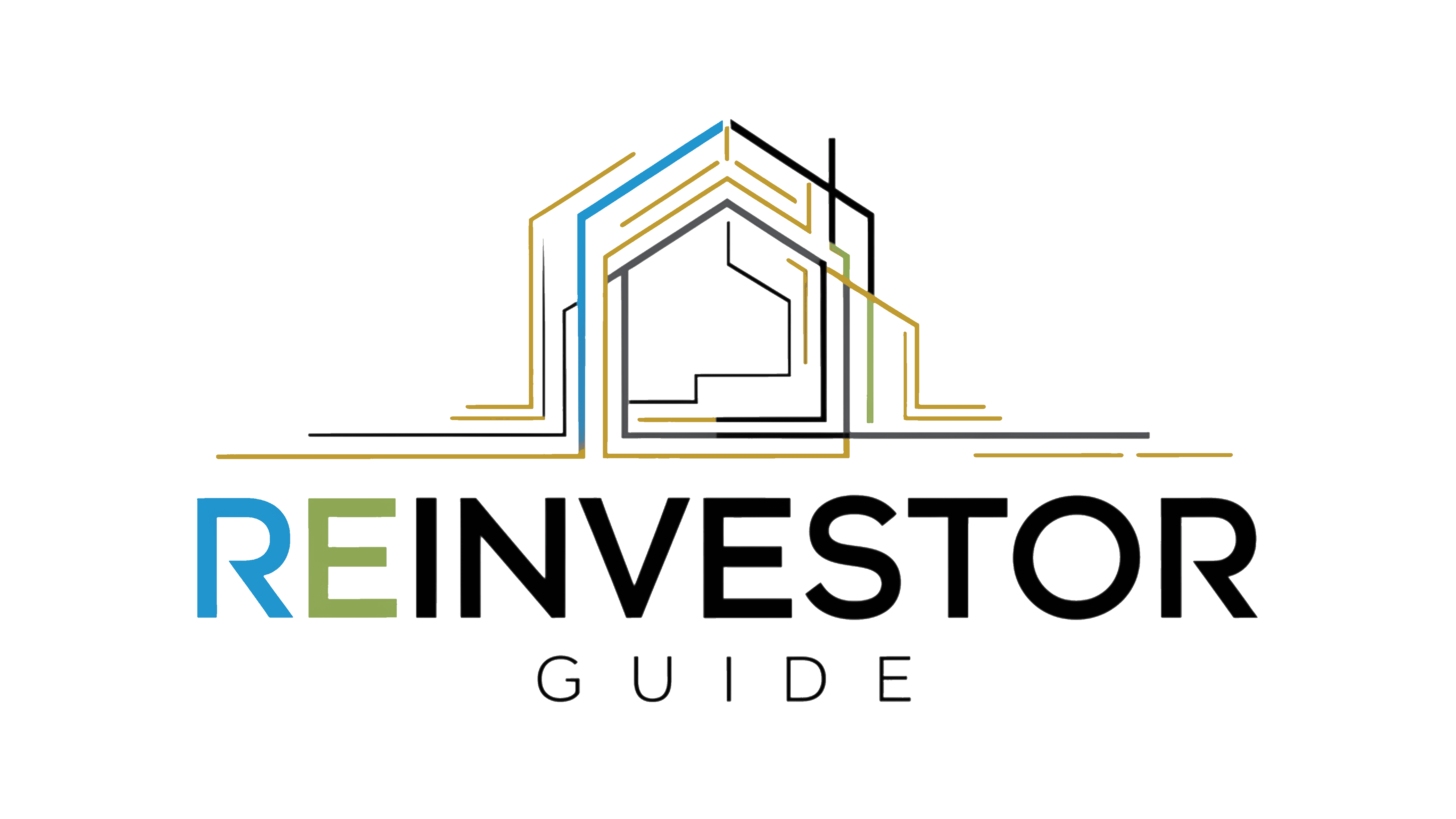Real estate offers some of the best tax advantages of any investment—but only if you keep solid records.
Failing to document repairs, improvements, and property expenses can lead to missed deductions, audit risks, or incorrectly categorized costs that affect your bottom line and depreciation strategy.
Whether you’re managing one rental or a growing portfolio, this guide will walk you through what to track, how to track it, and how to stay organized for maximum tax efficiency come filing season.
Why Documentation Matters
The IRS doesn’t just care that you had expenses—it wants to see what, when, how much, and why. Without proper records, you risk:
- Losing legitimate deductions
- Misclassifying capital improvements
- Facing penalties during an audit
- Overpaying taxes due to conservative estimates
Documentation is also key if you want to optimize depreciation, claim passive losses, or qualify for advanced strategies like cost segregation.
What Landlords Should Track (and Keep)
Here’s a breakdown of what to document for each rental property:
🔧 Repairs & Maintenance (Deductible Same Year)
These are ordinary, necessary expenses that keep your property in rentable condition:
- HVAC servicing
- Leaky faucet or toilet repairs
- Painting touch-ups
- Pest control
- Appliance fixes
- Landscaping
What to track:
- Date of service
- Description of issue and fix
- Vendor name/contact
- Invoice/receipt
- Proof of payment (credit card or bank statement)
✅ Repairs are 100% deductible in the year incurred—so don’t leave them untracked.
🛠 Capital Improvements (Depreciated Over Time)
These add value or extend the useful life of the property and must be depreciated:
- Roof replacement
- New flooring throughout
- Full kitchen or bathroom remodel
- Adding a room or deck
- Replacing all windows
What to document:
- Description and scope of work
- Contractor estimates and invoices
- Final cost
- Payment method and dates
- Completion date (marks when depreciation starts)
Pro Tip: Maintain a separate file or spreadsheet for capital improvements—these get added to your depreciation schedule.
💼 Operating Expenses
Track all other day-to-day property costs that are deductible, including:
- Property management fees
- Marketing and leasing costs
- Insurance premiums
- Property taxes
- Utilities (if paid by you)
- Legal and accounting fees
- Bookkeeping software subscriptions
Always save:
- Monthly statements
- Digital receipts
- Subscription invoices
- Vendor contracts (if recurring)
How to Organize Your Records
Whether you’re a paper-piler or tech user, consistency is what matters. Here are three reliable ways:
1. Cloud-Based Folders (Organized by Property)
Set up folders by property and year:
/123 Main St/2024/Repairs
/123 Main St/2024/Capital Improvements
/123 Main St/2024/Utilities
Upload PDF copies of all receipts, invoices, and correspondence. Use naming conventions like: 2024-06-14_NewACUnit_ABCContracting.pdf
2. Expense Tracker or Bookkeeping Software
Use tools like:
- Stessa (free for landlords)
- QuickBooks Online
- REI Hub
- AppFolio or Buildium (for property managers)
These let you tag expenses by category and property, and often allow photo uploads of receipts.
3. Monthly Reconciliation Habit
Set aside time at the end of each month to:
- Reconcile receipts with bank or credit card transactions
- Upload digital copies to your filing system
- Tag expenses correctly (repair vs improvement vs operating)
This avoids year-end scramble and ensures accuracy if you’re ever audited.
Key Tax Tips to Maximize Efficiency
✅ Separate Personal and Property Expenses
Always use a dedicated bank account and credit card for each property or entity. Mixing personal and rental finances can lead to denied deductions or audit issues.
✅ Document Mileage and Travel
If you visit your property for inspections or repairs, you may be eligible for mileage or travel deductions. Use an app like MileIQ or keep a mileage log with dates, addresses, and purposes.
✅ Save Before and After Photos (for Major Repairs)
Photos can help prove that work was done and support classification of expenses during audits or disputes.
✅ Store Records for at Least 7 Years
The IRS recommends keeping tax records for at least 3–7 years, but longer if they relate to capital improvements that are still being depreciated.
What Not to Do
- ❌ Don’t round expenses—use exact amounts
- ❌ Don’t assume credit card statements are enough (you need receipts/invoices)
- ❌ Don’t throw out records after one year
- ❌ Don’t guess on repair vs capital—ask your CPA
Misclassifying a $7,000 HVAC unit as a repair instead of an improvement could trigger IRS penalties and mess up your depreciation.
Final Thoughts
Good documentation doesn’t just protect you from audits—it amplifies your tax efficiency and helps you run your rental properties like a true business.
By tracking and categorizing repairs, improvements, and expenses the right way, you’ll take full advantage of real estate’s tax benefits—and keep more of your income where it belongs: in your portfolio.
Our advise is based on experience in the mortgage industry and we are dedicated to helping you achieve your goal of owning a home. We may receive compensation from partner banks when you view mortgage rates listed on our website.



